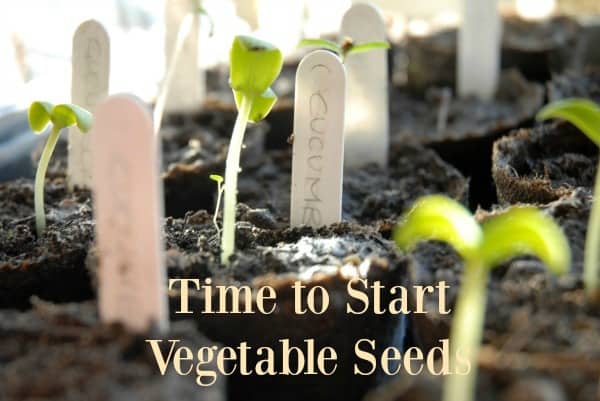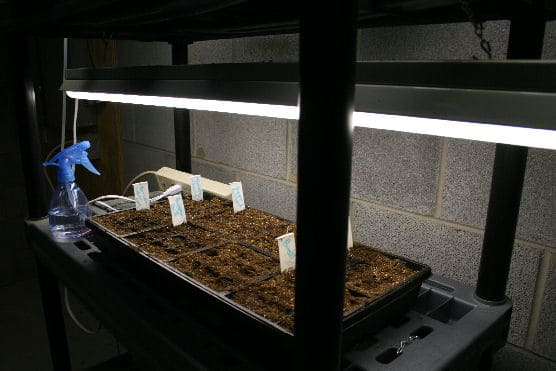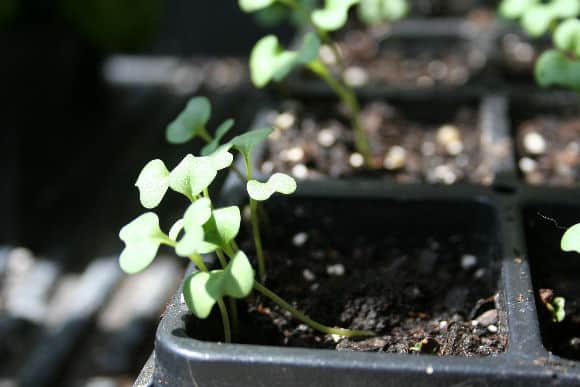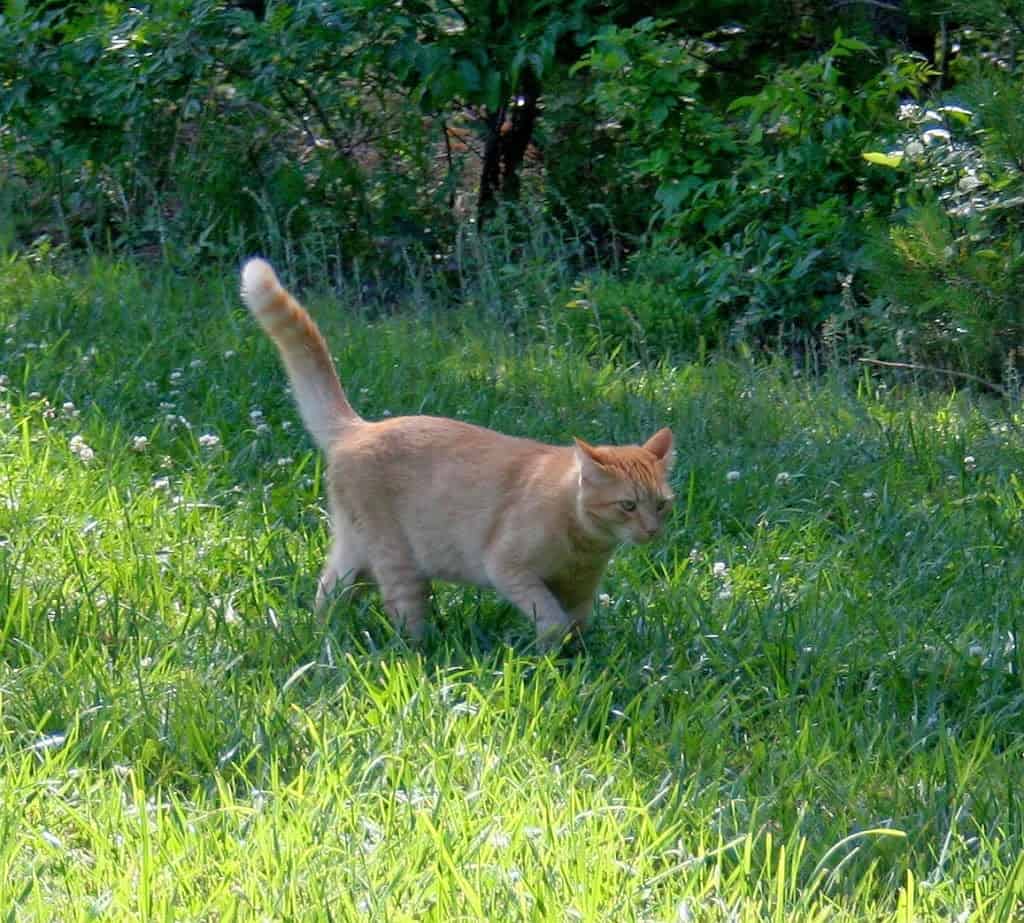
Time to Start Vegetable Seeds
This weekend marked the start of gardening season here at Seven Oaks. I ordered seeds from Burpee: celeriac, leeks, broccoli rabe, cherry tomatoes (none of these seeds were available at the local big box stores.) I planted a tray of bell pepper seeds, as well as Beefsteak and Early Girl tomatoes, eggplant, and basil seeds. The rest of the seeds are planted outdoors, directly sown into the ground, except for the cherry tomato seeds, but they will take a week or two to get here. In the meantime, the others have been planted.








